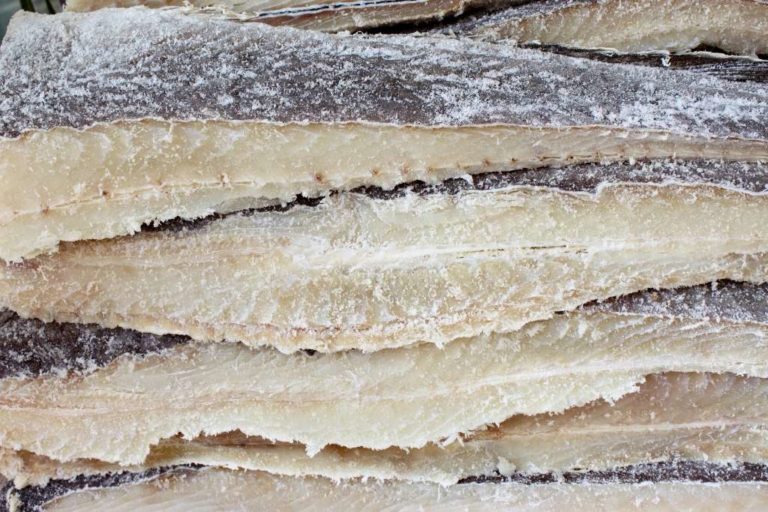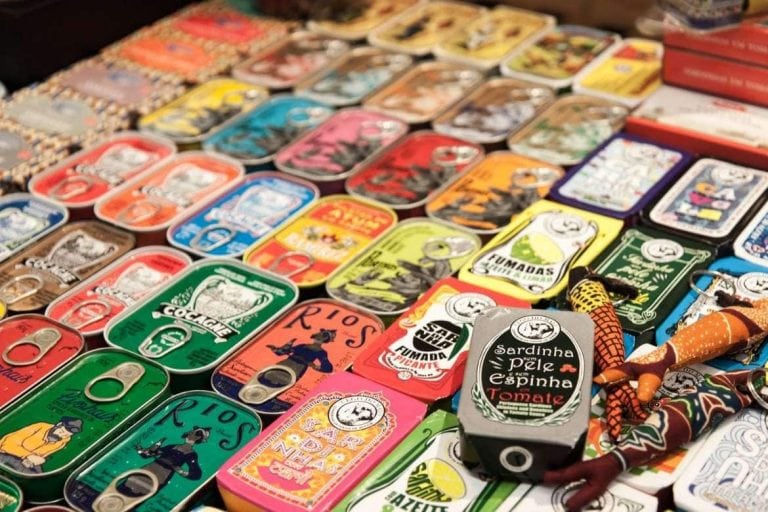Internationally famous, Portuguese cuisine is mouthwatering, and for many, bacalhau is probably the first delicacy that comes to mind. However, this culinary guide shows that Portuguese food offers many flavors that are distinctive and unique. On the table, it presents a mix between Atlantic and Mediterranean cuisine that includes seafood, bread, cheeses, and olive oils, all with excellent quality. Not to mention the wines and desserts to eat with your prayers!
History and Influences
Portugal is the oldest country in Europe to have a defined border and has received influences from different cultures throughout its history, such as Celtic, Roman, and Moorish. Its medieval diet was based on wheat and rye bread, vegetables, grains and fruits, honey, olive oil, and wine, in addition to fish and game meat for the wealthiest. From the 15th century on, Portuguese cuisine became more diverse, thanks to new ingredients discovered during the Great Navigations.
From Asia came the sugar cane and spices, such as black pepper, cinnamon, ginger, and cloves. Portuguese food gained new aromas and flavors. These features contributed to a revolution in the local cuisine, especially in the Portuguese sweets, famous for using a lot of eggs.
During the 16th century, friars and nuns used egg whites to make communion wafers and iron their habits. As they needed to give the leftover yolks a destination: they ended up turning them into sweets. What a divine solution!

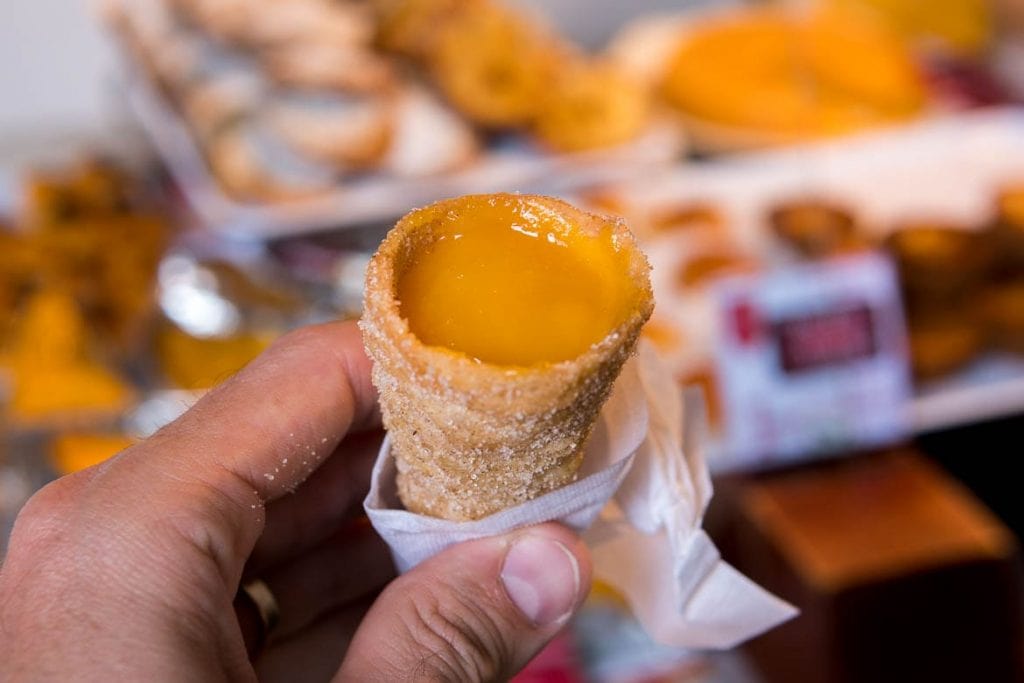
While Portuguese sailors returned home with new spices and flavors, they also influenced the colonies’ gastronomy, as distinct and distant as they were, such as Brazil, India, and Japan.
Brazilians’ passion for sweets, for example, is a Portuguese heritage. One of the novelties introduced by the Portuguese was the dessert: the habit of eating sweets after meals. Other influences are represented in several traditional Brazilian dishes, such as feijoada, an adaptation of the Portuguese stew, and even cachaça, created in the sugar cane mills as a substitute for bagaceira, a wine spirit.

In India, recipes like “Vindaloo” curry, inspired by Portuguese dishes marinated with vinha d’alhos, is traditional in Goa (a state ruled by Portugal until 1961); and the “Sorpotel” from Mangalore, a city south of Goa, is based on the Alentejo sarapatel. In Japan, the famous Tempura was influenced by Peixinho da Horta, a Portuguese recipe that is also made by frying breaded vegetables.
Main ingredients and flavors of Portuguese cuisine
With a little over 92 thousand square kilometers, Portugal has an area comparable to the Brazilian state of Santa Catarina. Despite its modest size, the European country offers an incredible diversity of ingredients and flavors to delight any palate. Bathed by the Atlantic Ocean, Portugal has, in the opinion of many international chefs, “the best fish in the world,” always very fresh, as well as its seafood. It is said that there are as many as 1,001 cod recipes, a big star in Portuguese cuisine. The recipes are prepared with a lot of olive oil, always of excellent quality, such as the Beira Baixa’ ones, which have Protected Designation of Origin (DOP). The most common seasonings used in Portuguese gastronomy are coriander and spices, such as cinnamon and nutmeg. And to complete the divine sweets, lots of eggs.

Traditional Portuguese Dishes and Beverages: What not to miss at the table
Bacalhau, of course, is everywhere, in hundreds of dishes, the most popular being Bacalhau com Natas (Cod with Cream), Bacalhau à Brás (with potato chips, scrambled egg, olives, onion, and parsley), and Gomes de Sá (potato, onion, boiled egg, parsley, olive oil, and olives). Whether as a starter or a snack, be sure to try the codfish cakes, which in most parts of the country are called pastéis de bacalhau.
Since we are talking about fish, we cannot forget the sardines prepared with coarse salt on charcoal, and it goes very well with a fino (as the draft beer is called there). Also worthy are the Octopus à Lagareiro and the Shrimp or Clams à Bulhão Pato, made with olive oil, coriander, garlic, and white wine.
Read more: From sardines to roe: The art of Portuguese canned fish
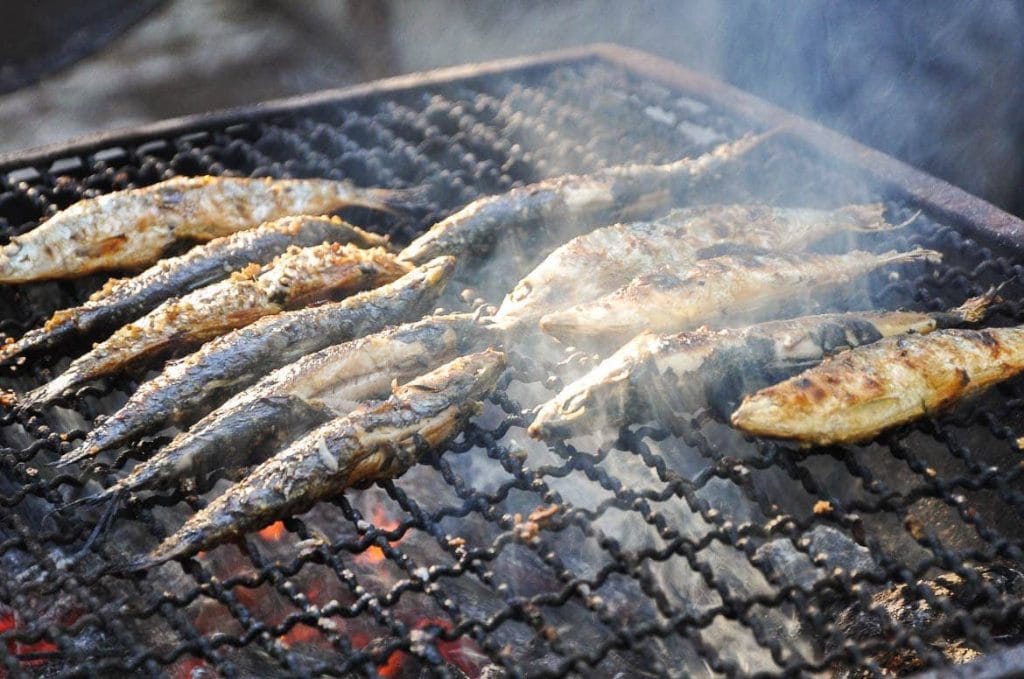
Turning to sausages, you find the Alheira de Mirandela, made from various smoked meats (originally pork-free, as Jewish tradition dictates). Arroz de Pato is another classic and Cozido à Portuguesa, which mixes various meats with vegetables.
And if you want to eat “only” a sandwich, don’t be fooled by the Francesinha from Porto, a Portuguese version of Croque Monsieur: it’s worth a meal! Made of flatbread and filled with meat and sausages, the sandwich is finished with a special sauce, lots of melted cheese and it can be served with a fried egg on top and accompanied by fried potatoes. Prepare your stomach!

And speaking of Portuguese cheeses, a highlight is produced in Serra da Estrela, which bears the Denomination of Protected Origin (DOP). But the DOP cheeses from Nisa, Azeitão, and Évora also deserve attention.
For dessert, the egg-based Portuguese sweets prevail, such as the traditional Pastel de Nata (which is called Pastel de Belém only if made by the Fábrica dos Pastéis de Belém, in Lisbon). Other classic sweets are Torta de Azeitão, Queijada, Ovos Moles from Aveiro, and Toucinho do Céu.
When it comes to drinks, the local wines can be from the Douro Valley (the oldest demarcated region in the world), the Alentejo, or the Vinhos Verdes region, to name a few.
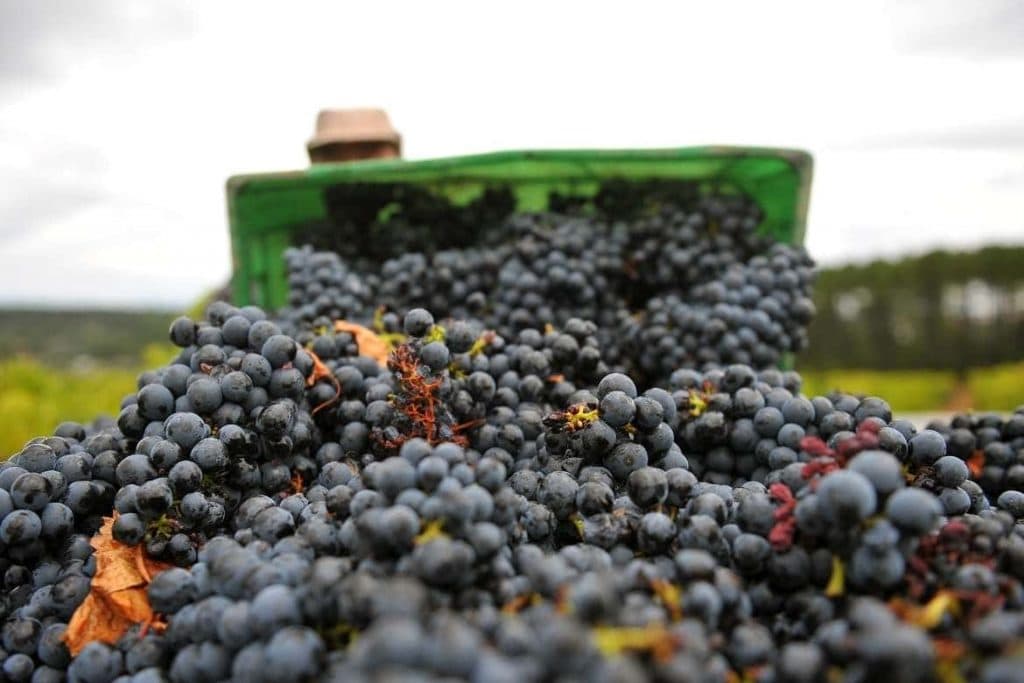
The Fortified drinks, such as Port and Madeira wines or Ginja liqueur (very sweet and made from a type of cherry), are usually served at the end of each meal. The Beirão liqueur contains a mixture of herbs, cinnamon, mint, rosemary, lavender, and cardamom. It can be drunk straight or used as a base for cocktails, such as the Caipirão, a Portuguese version of the Brazilian caipirinha.
Portuguese Culinary Traditions
“In a Portuguese house, it is good to have bread and wine on the table / And if someone knocks humbly at the door / He sits at the table with us. (translated from “A Casa Portuguesa” song) “ The lyrics of Amália Rodrigues’ song sum well represent the Portuguese tradition. There, one eats well, without haste and with wine to accompany it.
The breakfast, called Pequeno-Almoço (little lunch), is usually bread and cheese accompanied by coffee, without any great luxuries. The main meals are traditionally served with a starter, second course, and dessert. It starts with bread and soup, from which Caldo Verde, made with potatoes, onions, cabbage, and chorizo slices, is a local favorite. For the main course, fish, meat, and sausages with recipes going from generation to generation.
More than just eating, dining in Portugal is a family ritual. Dessert brings typical sweets, such as Pastéis de Nata or Torta de Azeitão. To finish, a cup of coffee or even a fortified wine or liqueur.

How to explore Portuguese cuisine as a Food Traveler
Forget starred restaurants and international cuisine. To eat like an authentic Portuguese, go to the local taverns called tascas. The decoration is simple, with paper cloth on the tables and soccer decorations or Catholic images adorning the walls. Many tascas are family-owned, they usually take care of everything: from preparing the food to serving the customers. If there is an open table, pull up a chair and sit down.
Even without asking, a couvert with olives, cheese, bread, etc., is laid out at the table. But beware: this appetizer is not free, and you can refuse it if you don’t want to pay extra. If it’s lunchtime, go for the Prato do Dia (Dish of the Day), which is usually cheaper and just as tasty. And don’t be afraid to ask for the house wine: after all, we are in Portugal, one of the best wine regions in the world.
Don’t be shy, either, about eating at a bakery. Whether just bread with bica (as coffee is called in Lisbon), large sandwiches, or ready-made dishes, an authentic Portuguese will not ignore the menu of small neighborhood bakeries.
Also read: Discover 5 culinary experiences to have in Portugal


